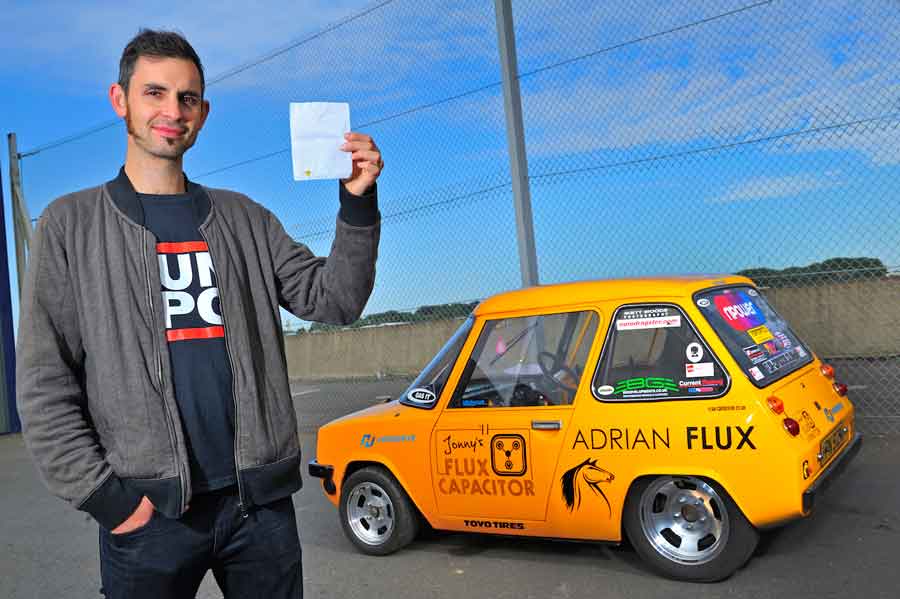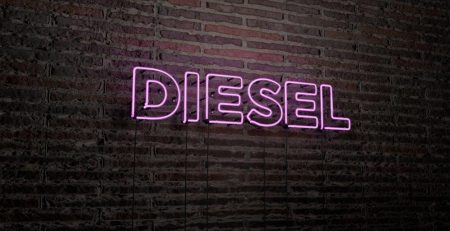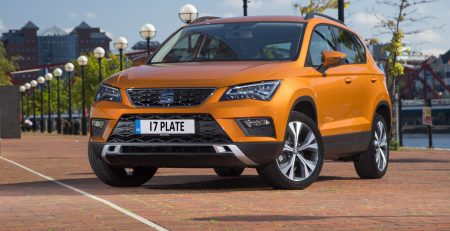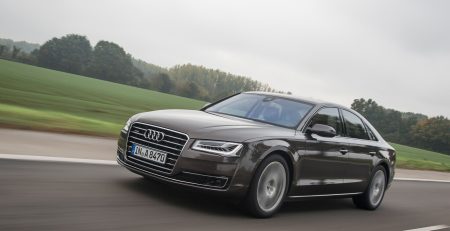London announced a T-charge from late 2017 for Euro 4 (EU4) vehicles, while Stuttgart banned Euro 5 too. Will London step u read more
Tesla-beating Enfield now Europe's quickest street legal electric car
The 1975 Enfield 8000, capable of just 40mph when new, is now a Tesla-beating dragster after smashing its record over a quarter mile in the FIA European Finals at Santa Pod over the weekend.
TV presenter and driver, Jonny Smith (Fifth Gear), saw his Flux Capacitor, named with the idea of going Back to the Future of the electric car, dismantle the Tesla's record of 11.5 seconds as it silently charged through the quarter mile in 10.84 seconds at 121 mph, thanks to being boosted from its original 8hp to 1000hp.
 Jonny Smith and his record-breaking Flux Capacitor
Jonny Smith and his record-breaking Flux Capacitor
"I still cannot believe what that little car is capable of," said Jonny. "The little paper timing slip never lies and when it revealed a 10 second pass I was so happy I kissed my crew mate Nick Farrow on the lips.
"This weekend the car not only clinched but blitzed the European record for a street legal electric car. Never in my dreams did I think the Enfield was capable of this kind of performance."
Long before Tesla launched its supercar-killing model S P85 electric saloon, and prior to the Formula E race series, Jonny started restoring the rare but derelict Enfield.
Hopes were set high earlier in the year when the car managed to run a 12-second quarter mile, then into the 11s, but at Santa Pod the Enfield was up against the piston-powered Goliaths, as Jonny entered the highly contested Street Eliminator category, where some of the fastest cars compete, all with current MoTs, tax and running on street legal tyres.
The success comes 40 years after it was built on the Isle of Wight, where the car was originally designed as an electric city runabout in the midst of the 1970s oil crisis.
"This would be a serious feat for a modern supercar, let alone something 2.8 metres long that was designed for a maximum of 40 mph," said Jonny.
"The numbers showed we'd got the thing from 0-102 mph in 6.9 seconds. When new it couldn't even do 60. They measured performance in the brochure quoting 0-30 mph in 12.5 seconds.
"Mind you, it had 6kW of power then. Now it's got 600kW."




